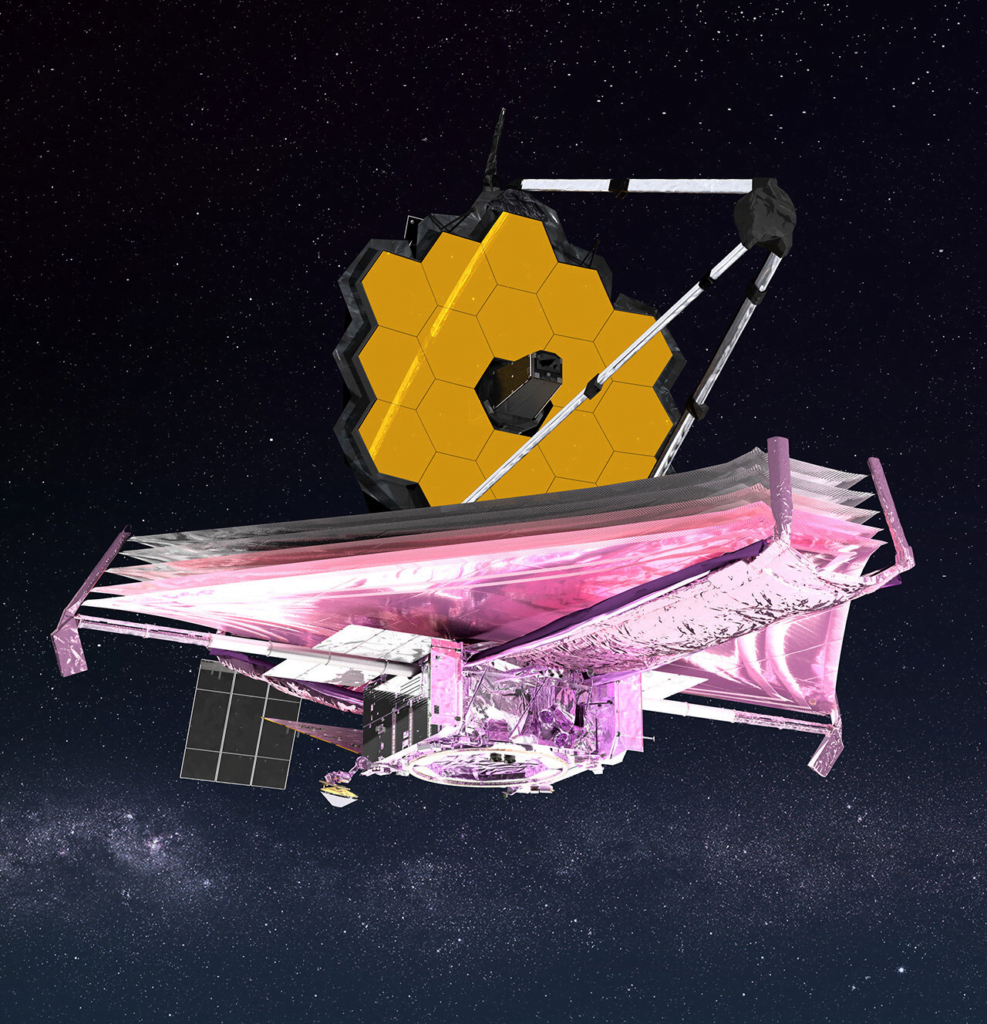You can know about astronomy here. We will update about planets across the solar system, scientific explanation of some mysterious phenomena, telescope observation data data and many more.
How to make a Telescope at home?
Now a days, lots of students are interested are interested in astronomy but dont’t have telescope at home. Many of them likes to observe stars galaxies and planets of the solar system in the night sky. As telescopes are very much costly, many of them cannot afford it. So, we have taken a solution for you with how to make a Telescope at home.

How James Webb Telescope Works??
The James Webb Space Telescope is the most powerful space telescope ever built by space scientists. Canada has also contributed a scientific instrument and a guidance sensor to the massive observatory, which may bring breakthrough discoveries in the mysterious astronomy. Let’s see How James Webb Telescope Works?

NASA has detected water vapor hints in exoplanet GJ 486b
The James Webb Space Telescope has detected hints of water vapor while observing rocky exoplanet GJ 486 b, but a mystery remains. Researchers are puzzled over whether the water vapor could be due to cool starspots on the planet’s host star, or if it could indicate an atmosphere — which would be the first atmosphere definitively detected around a rocky exoplanet.

Saturn’s largest moon, Titan on James Webb Telescope!
A Titan-ic success: Here is Webb’s first look at Saturn’s largest moon, Titan. Because Titan has a dense atmosphere, its surface is hidden in visible light. Enter Webb’s infrared eye, which captured clouds as well as bright & dark patches on its surface.

How Season changes in Jupiter and Uranus??
Lets have a look of an outer planet weather report! Hubble Telescope regularly checks in on the outer planets in our solar system to monitor changes in seasons and atmospheres.

Jupiter’s Great Red Spot, seen in this HubbleClassic Image
Jupiter’s Great Red Spot, seen in this HubbleClassic image from 1999, has captivated astronomers for centuries. A giant storm , you will love to see. Astronomers always have a different interest on the Great Red spot.

Saturn’s Iapetus: Moon with a Strange Surface
What would make a moon look like a walnut? A strange ridge that circles Saturn’s moon Iapetus’s equator, visible near the bottom of the featured image, makes it appear similar to a popular edible nut. The origin of the ridge remains unknown, though, with hypotheses including ice that welled up from below, a ring that crashed down from above, and structure left over from its formation perhaps 100 million years ago. Also strange is that about half of Iapetus is so dark that it can nearly disappear when viewed from Earth, while the rest is, reflectively, quite bright.

What is the 90 m tall Phobos Monolith??
The Phobos monolith is a large rock on the surface of Mars’s moon Phobos. It is a boulder about 85 m across and 90 m tall. A monolith is a geological feature consisting of a single massive piece of rock.

Stunning view of The Sombrero Galaxy
Resembling a wide-brimmed hat with a tall bulge at the center, galaxy M104 is nicknamed the Sombrero Galaxy. Far larger than any hat on Earth, this Sombrero is 50,000 light-years wide. We see the galaxy nearly edge-on, so the dark dust in its pancake-like disk appears to bisect a large, white, rounded core of stars. Roughly 29 million light-years away, the Sombrero can be spotted with a modest telescope in the constellation Virgo.

